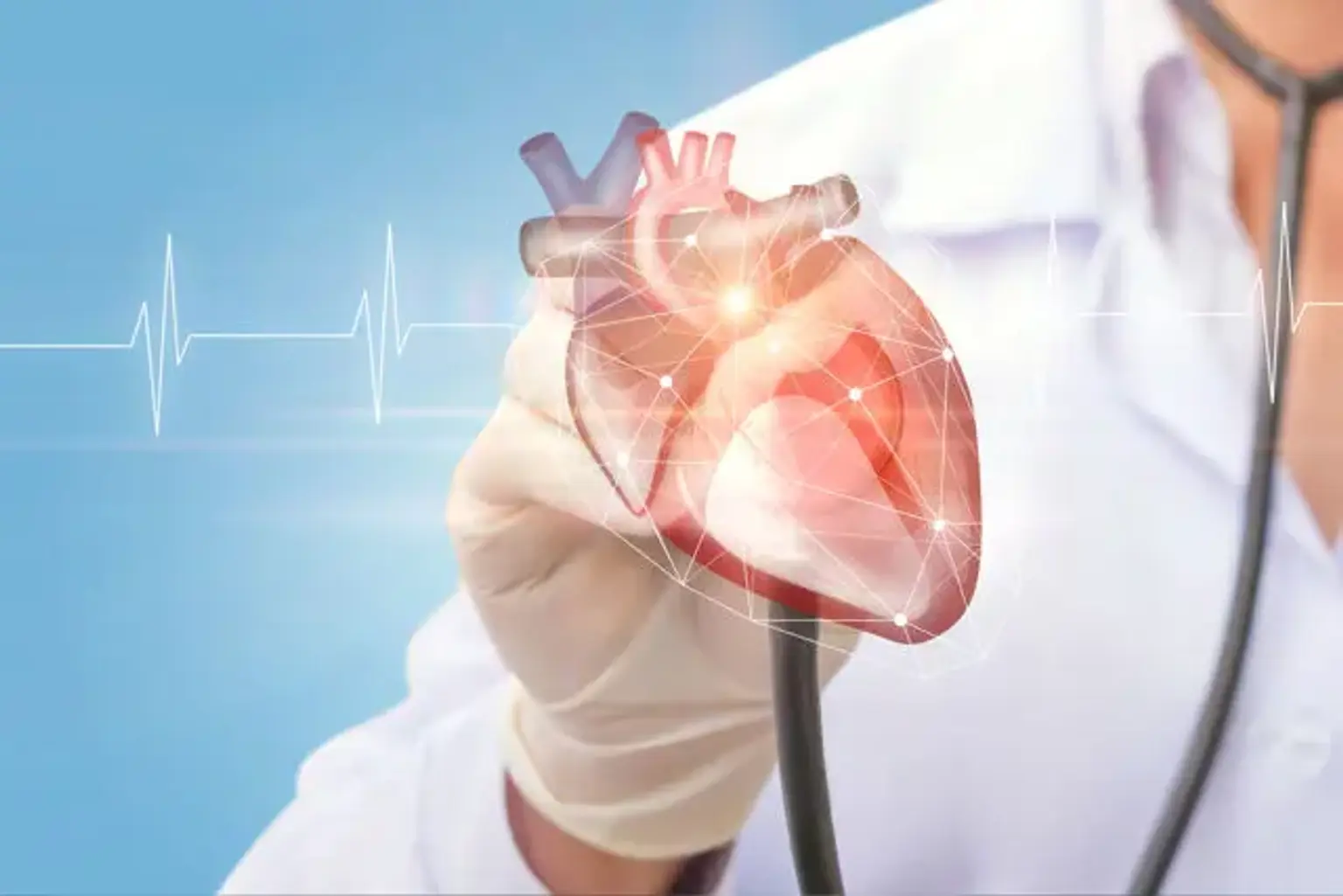Pericarditis
Pericarditis is an inflammation and swelling of the pericardium, a thin, saclike tissue that surrounds the heart. Sharp chest pain is a common symptom of pericarditis, among other symptoms. Usually, the inflamed pericardium layers rub against each other, resulting in chest pain.
Pericarditis is frequently acute, meaning it appears out of nowhere and can linger for months. The illness normally goes away after three months but may sometimes last for years. Therefore, early detection and diagnosis can help minimize the chances of prolonged complications due to the disease.
